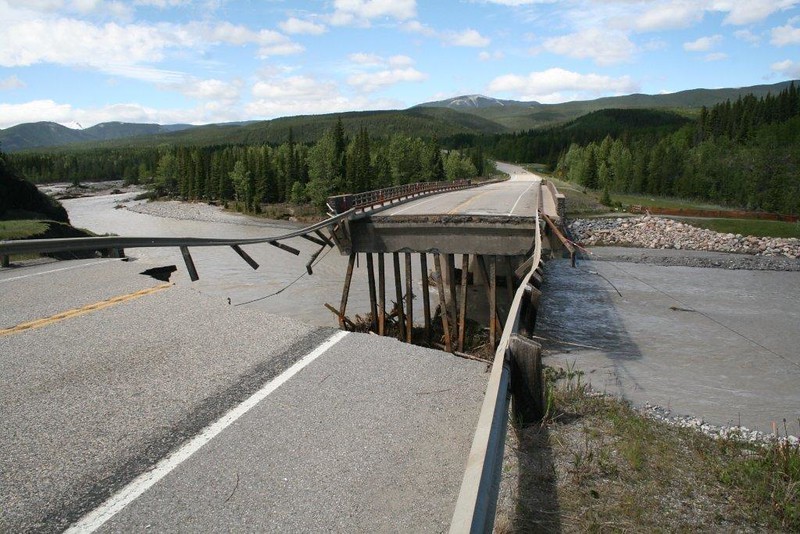Ottawa announces National Adaptation Strategy
The goal of the plan is to help the nation become more resilient to the impacts of climate change.

Crews battle a wildfire near Peachland, B.C. on Highway 97.
Canada has announced its first National Adaptation Strategy which establishes a common direction for preparing for climate change events.
“Canadians in every region of the country are already feeling the effects of climate change, and the costs of these impacts are projected to rise to $25 billion by 2025 and to the range of $100 billion annually by 2050,” said Jonathan Wilkinson, minister of natural resources. “Inaction is not an option. Through the National Adaptation Strategy, we will advance key resilience and adaptation measures to mitigate these changes, preserve livelihoods and protect our communities and the critical infrastructure we depend on. The result will be a stronger, safer and more prosperous place to call home.”
The strategy focuses on five key systems:
- Disaster resilience
- Health and well-being
- Nature and biodiversity
- Infrastructure
- Economy and workers.
Officials noted that climate change is warming southern Canada at twice the global average and approximately three times as quickly in the North.
The strategy was announced this month by Bill Blair, president of the King’s Privy Council for Canada and minister of emergency preparedness. Blair also unveiled the Government of Canada Adaptation Action Plan, which sets out the federal role in preparing Canadians for climate hazards and outlines specific investments, programs and initiatives that are making Canada more resilient to climate impacts. Blair announced over $1.6 billion in new federal spending to support climate adaptation.
If action isn’t taken, it’s going to cost Canadians. The Canadian Climate Institute estimates that by 2025 Canada will experience annual losses of $25 billion as a result of climate change. This is equal to 50 per cent of projected 2025 Gross Domestic Product (GDP) growth.
Resilient Infrastructure
Some of the infrastructure-related actions being taken in the plan include:
- Delivering the national Disaster Mitigation and Adaptation Fund to mitigate current and future climate-related disasters and the Natural Infrastructure Fund to support nature-based climate solutions.
- Investing in climate-resilient infrastructure by topping up the Disaster Mitigation and Adaptation Fund by up to $489 million over 10 years.
- Spending up to $60 million over five years to accelerate the use of climate-informed codes, standards and guidelines for resilient infrastructure in Canada.
- Investing up to $95 million over five years to deliver climate toolkits and services that increase the uptake of climate resilient practices and investments in communities.
The strategy is now open to the provinces, territories and National Indigenous Organizations for a final 90 days of engagement on the strategy’s common goals and specific measurable targets and objectives. Officials said that the strategy is a result of extensive engagement since 2021 and presents a shared vision for climate resilience in the country and a framework to measure progress nationally.

Investing now to save later
Making adaptation investments now will have major economy-wide benefits later. Federal officials noted that expert research suggests that every dollar invested in prevention and preparation can save up to 15 dollars in costs.
Researchers found that implementing new flooding and wildfire guidelines and standards for new construction could save Canada an estimated $4.7 billion a year — saving nearly $12 per $1 invested. They also discovered that climate-resilient building codes implemented in Canada have an estimated benefit–cost ratio of 12:1 — equivalent to a 1,100 percent return on investment.

